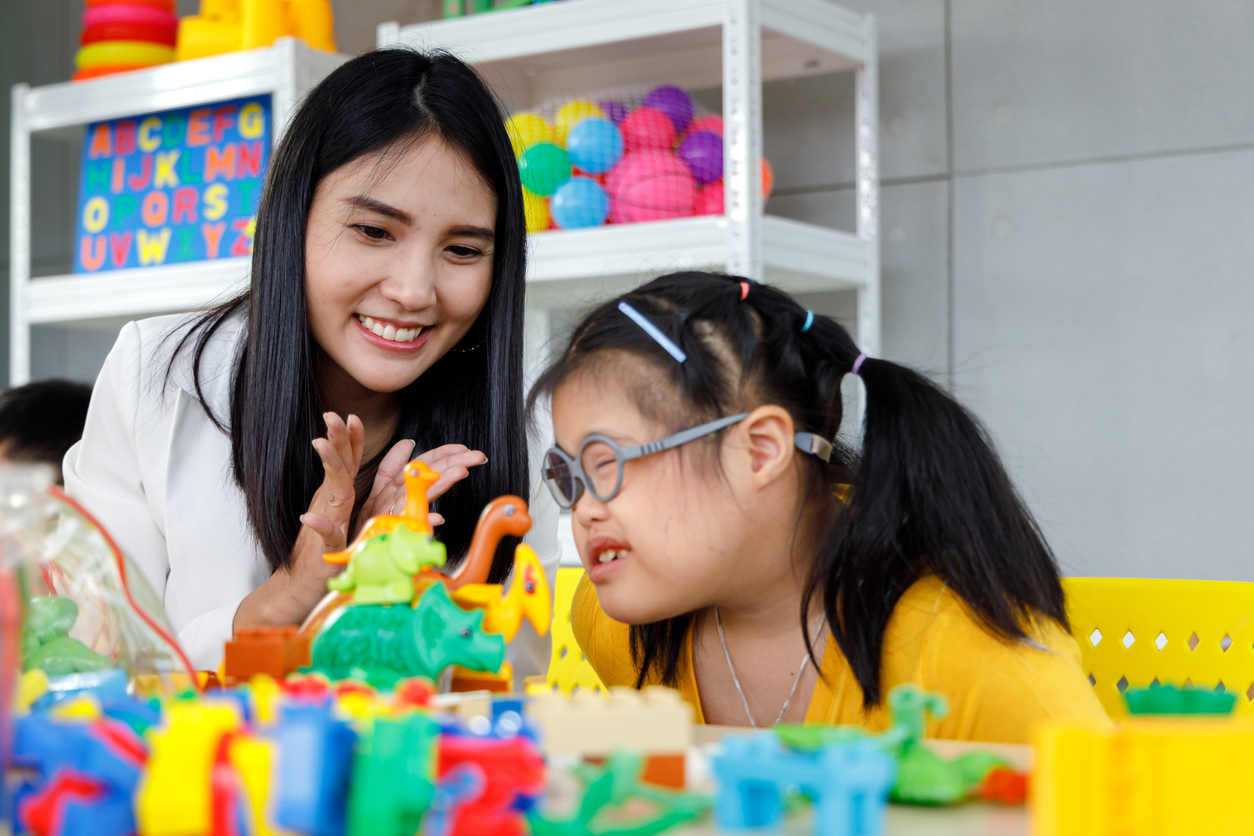
Introduction
This course will provide you with strategies to increase active participation for students with complex needs.
What’s in the Course?
Course 3 has five modules. Below is a brief description of the content of each module.
Module 1: Instructional Planning and Strategies
In Module 1, you will learn teaching and planning strategies to help students with complex needs:
- Why having an active role and learning in context are important
- How the classroom environment can be optimized for sensory input
- To consider the medical background and body level readiness in your student
- The variety of essential supports and teaching strategies that can be used
Module 2: Teaching in the Context of Meaningful Routines and Using the Inclusion Planning Matrix
In Module 2, you will learn how routines are opportunities for students to learn and engage:
- The importance of a student’s learning in the context of meaningful routines
- How to structure a student’s day as a series of meaningful routines
- How to build and use an inclusion planning matrix
Module 3: Behaviour is Communication
Module 3 explores what is meant by “behaviour is communication” and offers strategies to support your students:
- What “behaviour is communication” means
- What causes students to use behaviours to communicate
- Strategies for supporting increased use of communicative behaviours
Module 4: Augmentative and Alternative Communication
Module 4 discusses Augmentative and Alternative Communication (AAC) and provides strategies to support students using AAC:
- Understand the different kinds of AAC
- Explore general strategies for supporting students to communicate using their augmentative and alternative communication systems
- Continue to expand your understanding of what communication means, and all the different ways in which students with complex needs communicate
Module 5: Inclusive Literacy
In Module 5, you will learn how to engage students with complex needs in literacy activities:
- How to create an inclusive literacy environment
- How to ensure students take an active role in literacy activities
- A range of technology-based resources that support literacy learning